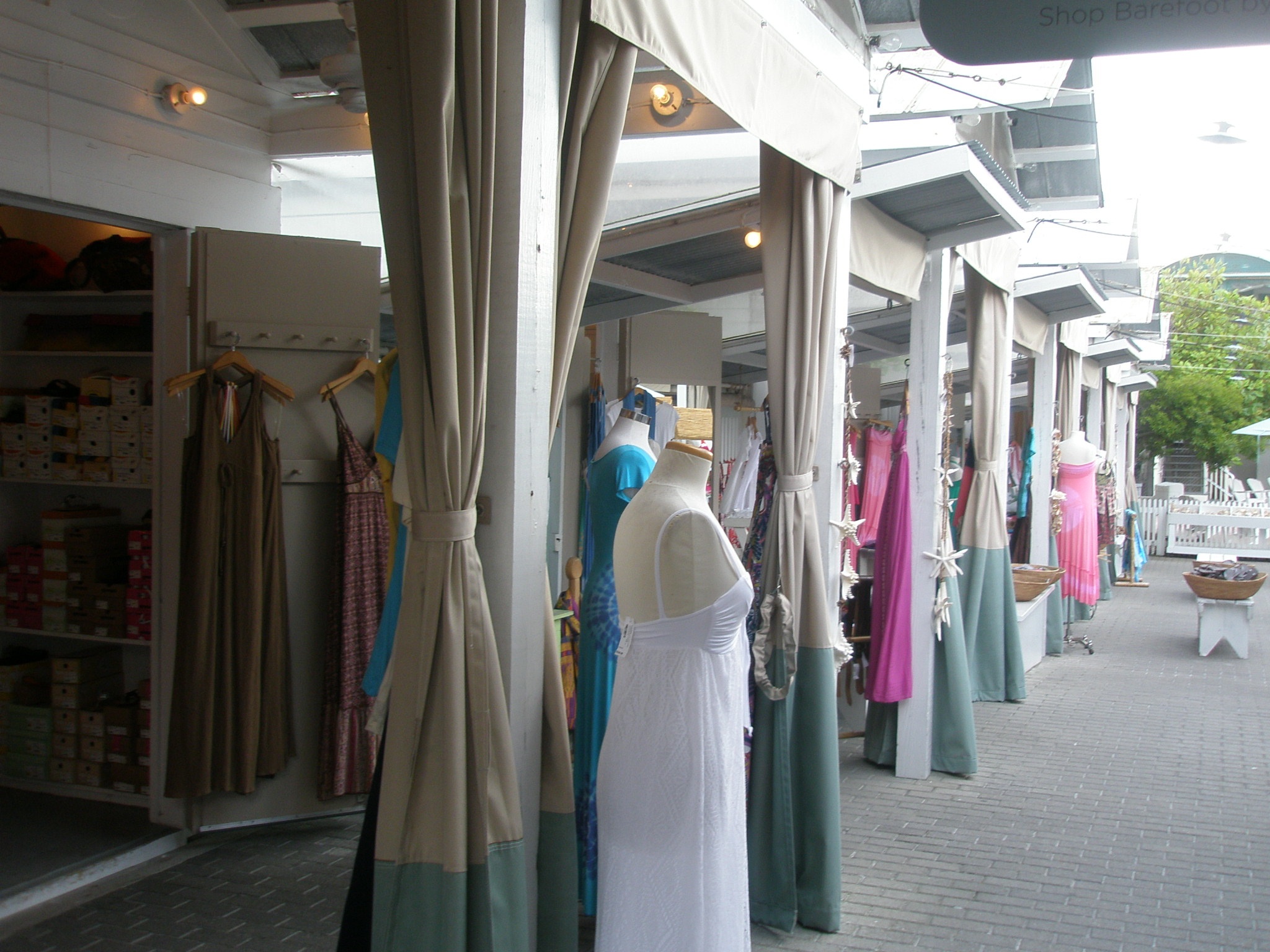Path to Prosperity: for retail spaces, think small (and cheap)
We're obsessed with big: big houses, big churches, big cars, big stores, big food portions. It's in our nature I suppose to be impressed with size. When planning for our communities, though, it's often best to think small. Not small as in small goals or dreams; but small as in the kinds of spaces that fill up our neighborhoods. This is especially true when it comes to spaces that sell things - shops, restaurants, etc.
What are the benefits of small spaces? For one, they are cheap to rent - very important to mom & pop operations and start-ups. If you want to encourage local flavor, local business, etc, thinking small is critical. An all-too-common mistake made by many new businesses is in trying to occupy a space too large from the beginning; especially for dining. But also, an abundance of small spaces creates more street life - just think of the impact of 10 small storefronts vs 2 large ones. And, more businesses means more competition, which is ultimately good for consumers as well. Places that are dominated by a handful of large operators are not only less interesting, but ultimately less responsive to their patrons.
But how to do small and cheap, especially with new construction? In this case, there's no single answer, as it relies upon the creative possibilities inherent in each place and person. That said, a few examples keep coming back, including some themes we've discussed on this blog before. One story buildings that are modest in construction, for example; food carts, mobile stalls, etc. But another idea to examine is an updated version of market stalls, that can be inexpensively built and maintained. One of the best examples of this case is in the early New Urbanist community of Seaside, FL. You may know Seaside as a hallmark of pricey, resort-oriented New Urbanism. But the reality is it has some of the most effective approaches of any new community for how to create incubator retail with success.
Seaside's town center has a variety of all the techniques mentioned above, in order to deal with the seasonal nature of its business. As the town has matured, more permanent structures have been able to work, but the bulk of the "selling" of things still happens in very informal, inexpensive construction (see photos). Some of the shops shown simply lock up their stall at night, and share a common courtyard with others. It's a highly effective way to nurture small business in an emerging walkable environment.
Jane Jacobs used to write repeatedly about the virtue of cheap space for shops in an urban environment. She was writing to extol the benefits especially of older buildings. But in many cases we don't have the older building stock to use, so instead, think about how to creatively build new space that has the same qualities. Small, flexible and cheap is good when it comes to successful, walkable retail.
If you got value from this post, please consider the following:
- Sign up for my email list
- Like The Messy City Facebook Page
- Follow me on Twitter
- Invite or refer me to come speak
- Check out my urban design services page
- Tell a friend or colleague about this site





